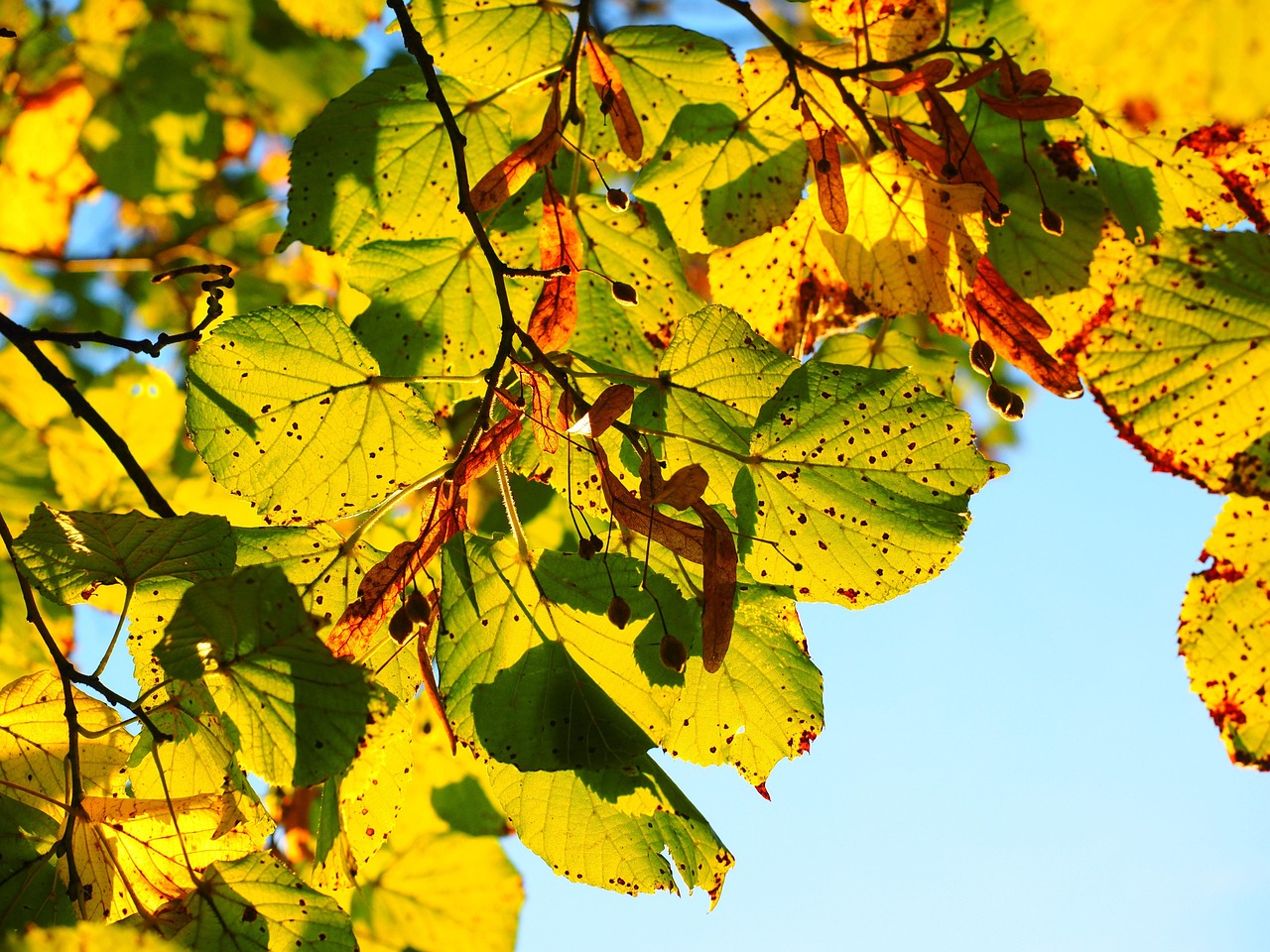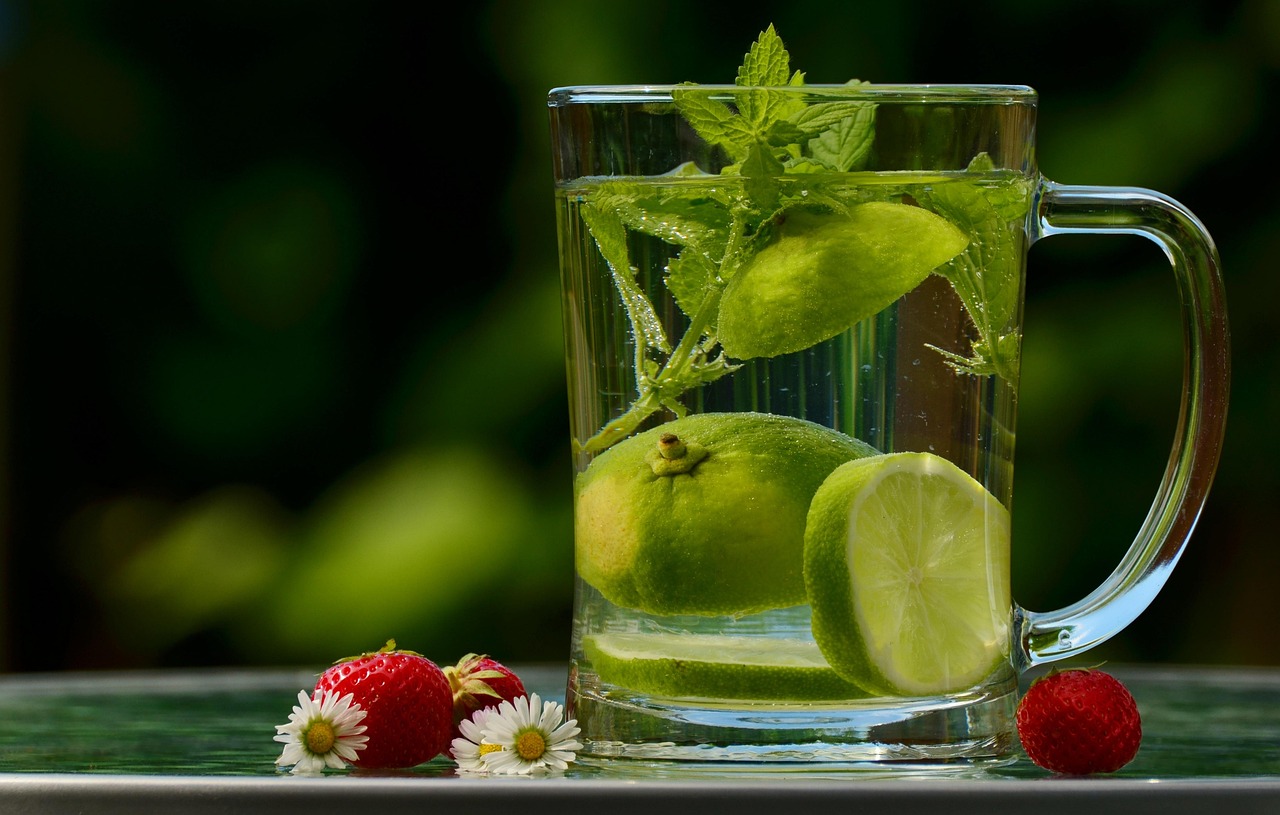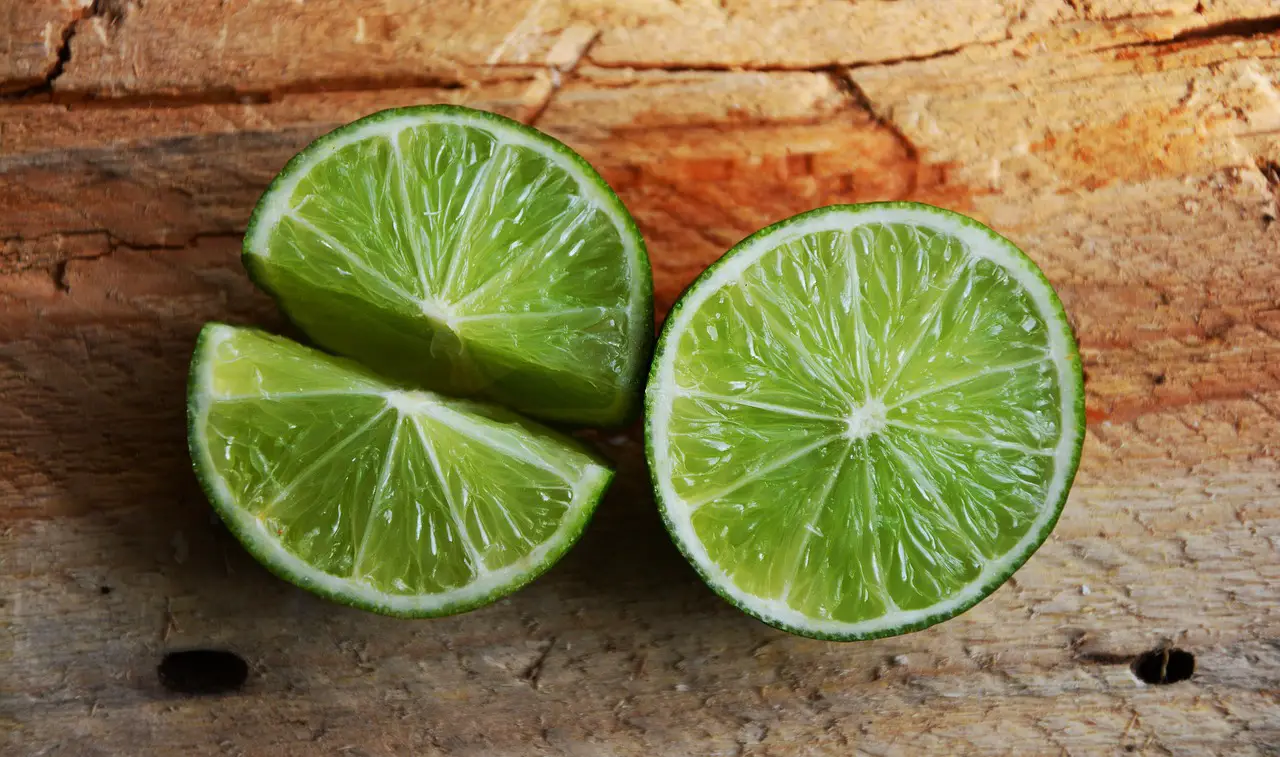To achieve fruitful results with your key lime tree, proper pruning is essential. Begin by assessing the tree’s health, then remove dead or diseased branches. Focus on maintaining an open center while shaping the tree to encourage airflow and light penetration, which leads to better fruit production.
Key lime trees, known for their vibrant green foliage and tangy fruit, thrive in warm climates. They are popular among home gardeners for their aromatic fruits and relatively low maintenance. However, without proper care, these trees can become overgrown or unhealthy, resulting in reduced fruit yield. Pruning is a vital part of maintaining the health and productivity of your key lime tree.

Pruning helps to manage the size and shape of the tree. It also removes any dead or diseased branches, allowing the tree to focus its energy on producing new growth and fruit. Additionally, proper pruning enhances sunlight exposure and air circulation within the tree, which are crucial for healthy development.
Understanding Key Lime Tree Pruning
Before diving into the steps of pruning, it is important to understand the basic principles that guide this practice. Each cut you make should serve a purpose, whether it’s improving airflow or removing unproductive branches. Here are some essential concepts to keep in mind:
- Timing: The best time to prune key lime trees is in late winter or early spring, before new growth begins.
- Tools: Use clean, sharp pruning shears to make precise cuts. This helps prevent damage to the tree and reduces the risk of disease.
- Techniques: Familiarize yourself with different pruning techniques, such as thinning and heading cuts.
Understanding these concepts will prepare you for a successful pruning session, ensuring that your key lime tree remains healthy and productive.

Essential Pruning Steps
Now that you have a grasp of the basics, let’s look at the specific steps involved in pruning your key lime tree effectively. Following these steps will help you maintain a strong and fruitful tree.
1. Gather Your Tools
Before you start pruning, gather the necessary tools. Essential items include:
- Hand pruners for small branches
- Loppers for thicker branches
- A saw for larger limbs
- Gloves to protect your hands
- A bucket or tarp for collecting debris
Having the right tools ensures that you can make clean cuts and work efficiently, minimizing stress on the tree.

2. Assess the Tree’s Condition
Take a close look at your key lime tree. Look for signs of disease, dead wood, or branches that are crossing each other. Identifying these issues early allows you to take appropriate action during pruning. Healthy trees will have vibrant leaves and even growth patterns.
3. Remove Dead or Diseased Wood
Start by cutting away any dead or diseased branches. These can hinder the growth of your tree and lead to further complications if left unattended. Make clean cuts just above the branch collar to promote healing.
4. Thin Out Crowded Areas
If your tree has areas where branches are crowded together, it is important to thin them out. This improves air circulation and light penetration throughout the canopy. Focus on cutting back branches that cross over each other or grow inward towards the center of the tree.

5. Shape the Tree
Shaping your key lime tree will enhance its appearance while promoting healthy growth. Aim for an open center, which allows sunlight to reach all parts of the tree. Trim back excessive growth on the outer edges while maintaining a balanced shape.
6. Monitor Growth After Pruning
After completing your pruning, monitor the tree closely as it begins to grow again. This is important for spotting any additional issues that may arise. Regularly check for new growth patterns and ensure that your tree remains healthy.
| Pruning Step | Description | Importance |
|---|---|---|
| Gather Tools | Collect necessary pruning tools for efficient work. | Ensures clean cuts and reduces stress on the plant. |
| Assess Condition | Check for dead wood or signs of disease. | Identifies issues that need immediate attention. |
| Remove Dead Wood | Cut out any dead or diseased branches. | Promotes overall health of the tree. |
| Thin Crowded Areas | Remove overlapping branches for better air circulation. | Enhances light access and reduces disease risk. |
| Shape Tree | Create an open center and balanced shape. | Aids in fruit production and improves aesthetics. |
| Monitor Growth | Observe tree health post-pruning. | Identifies further issues early on. |
By following these essential steps, you can ensure that your key lime tree remains healthy and produces abundant fruit each season. Remember that regular maintenance is key to a fruitful harvest.
Advanced Pruning Techniques for Key Lime Trees
While the basic pruning steps are essential, advanced techniques can significantly enhance the health and productivity of your key lime tree. These methods allow you to refine your approach, ensuring that you get the most out of your tree. Below are some advanced pruning techniques to consider.
1. Thinning Cuts
Thinning cuts involve removing specific branches to improve the overall structure of the tree. This technique aims to reduce density without altering the tree’s shape significantly. Here’s how to effectively perform thinning cuts:
- Identify branches that are overcrowded or crossing each other.
- Choose branches that are weaker or growing inward.
- Make cuts at the branch collar to encourage healing.
Thinning cuts can enhance airflow and light penetration, which are critical for fruit development.
2. Heading Cuts
Heading cuts are used to encourage bushier growth by shortening a branch. This technique can stimulate lateral growth and is best applied to young trees. Follow these steps for effective heading cuts:
- Choose a healthy branch that has reached the desired length.
- Cut back to a leaf node or bud facing outward.
- Avoid excessive heading cuts, as they can stress the tree.
Using heading cuts wisely can lead to a more balanced canopy, improving overall fruit production.
3. Renewal Pruning
Renewal pruning is beneficial for older key lime trees that may have become unproductive over time. This method involves cutting back a significant portion of the tree to rejuvenate growth. Here’s how to implement renewal pruning:
- Evaluate the overall health of the tree before proceeding.
- Remove one-third of the oldest branches at ground level.
- Focus on encouraging new growth from the base of the tree.
This technique may seem drastic, but it often results in improved fruiting after a season or two.
Signs That Your Key Lime Tree Needs Pruning
Knowing when to prune is just as important as knowing how to prune. There are several signs indicating that your key lime tree may need attention:
- Excessive Growth: If your tree has grown too large and is impeding on other plants or structures, it’s time to prune.
- Dead or Diseased Branches: Regularly inspect for any dead or diseased areas that require removal.
- Poor Fruit Production: If your tree is producing fewer limes than before, this may indicate that it needs pruning for better airflow and light exposure.
- Weak Branches: Look for branches that appear weak or spindly. These should be pruned to encourage stronger growth.
By recognizing these signs early, you can take action before issues escalate.
Maintaining Your Key Lime Tree Post-Pruning
After pruning, it’s essential to maintain the health of your key lime tree. Here are some tips to ensure your tree recovers well and flourishes:
- Watering: Ensure your tree receives adequate water after pruning, especially in dry conditions. Deep watering encourages root growth.
- Fertilization: Apply a balanced fertilizer a few weeks after pruning to provide necessary nutrients for new growth.
- Pest Control: Keep an eye out for pests or diseases that may take advantage of the tree’s stress following pruning.
- Mulching: Add a layer of mulch around the base of the tree to retain moisture and suppress weeds.
These maintenance practices will support the tree as it recovers from pruning and help promote healthy growth and fruit production.
The Benefits of Regular Pruning
Regularly pruning your key lime tree offers numerous benefits that go beyond just aesthetics. Some of these advantages include:
| Benefit | Description |
|---|---|
| Improved Airflow | Enhances circulation within the canopy, reducing disease risk. |
| Increased Sunlight Exposure | Aids in photosynthesis, leading to healthier leaves and fruits. |
| Enhanced Fruit Quality | Encourages larger, juicier limes by focusing the tree’s energy on fewer fruits. |
| Better Overall Health | Removes harmful growths and allows for better nutrient distribution. |
The investment in regular pruning pays off through healthier trees and bountiful harvests. By understanding and implementing these advanced techniques and maintenance practices, you will set your key lime tree up for success as it grows and produces fruit year after year.
Timing Your Pruning for Optimal Results
The timing of your key lime tree pruning plays a crucial role in its overall health and fruit production. Understanding when to prune can maximize the benefits of your efforts. Key lime trees thrive in warm climates, and their growth cycles can help guide your pruning schedule.
Best Time to Prune
The optimal time for pruning key lime trees is during the late winter or early spring. This timing allows you to make necessary cuts just before the growing season begins. Here are some reasons why this period is ideal:
- Prepares for New Growth: Pruning before the growing season encourages new growth and fruit production.
- Minimizes Stress: Trees are less stressed when pruned during their dormant phase, allowing for healthier recovery.
- Improves Visibility: Without leaves, it’s easier to assess the structure of the tree and identify branches that need attention.
By adhering to this timing, you can ensure that your key lime tree is primed for a productive season.
Seasonal Considerations
While late winter and early spring are generally the best times, seasonal considerations may influence your pruning schedule. Here’s what to keep in mind:
- Summer Pruning: If necessary, light summer pruning can be done to remove any new growth that appears too dense. Avoid heavy pruning during this time as it can stress the tree.
- Fall Pruning: It is generally not advisable to prune in the fall, as this can expose the tree to winter damage. Instead, focus on preparing the tree for dormancy.
Common Mistakes to Avoid When Pruning
Pruning can be a straightforward task, but certain mistakes can hinder your key lime tree’s growth and productivity. Being aware of these common pitfalls can help you achieve better results.
1. Over-Pruning
One of the most significant mistakes is removing too much foliage or too many branches at once. Over-pruning can shock the tree and reduce its overall vigor. To avoid this:
- Always assess how much you are removing before making cuts.
- Limit your pruning to about 20% of the tree’s overall size in one session.
2. Incorrect Cutting Techniques
The way you make cuts is just as important as where you cut. Improper cutting techniques can lead to damage and disease. Keep these tips in mind:
- Avoid Flush Cuts: Never cut branches flush against the trunk. Always leave a small collar for healing.
- Make Clean Cuts: Use sharp tools to make clean cuts that minimize damage to the bark.
3. Ignoring Tree Health
Failing to consider the overall health of your tree before pruning can lead to mistakes. Before you prune, check for:
- Signs of disease or pest infestation.
- The overall vigor of the tree and its growing conditions.
If the tree appears unhealthy, address those issues first before proceeding with pruning.
Tools and Equipment for Pruning Key Lime Trees
Having the right tools is essential for effective pruning. Here’s a list of recommended tools along with their uses:
| Tool | Use |
|---|---|
| Bypass Pruners | Best for small branches and precise cuts. |
| Loppers | Ideal for thicker branches that are too large for pruners. |
| Saw | Used for cutting larger limbs that cannot be handled by pruners or loppers. |
| Gloves | Essential for protecting hands from thorns and sharp edges. |
| Tarp or Bucket | Helpful for collecting debris and keeping your workspace tidy. |
Using the right tools not only makes the job easier but also ensures that your cuts are clean and effective, minimizing damage to the tree.
Post-Pruning Care for Key Lime Trees
After pruning, it’s crucial to provide appropriate care to help your key lime tree recover and thrive. Here are steps you should follow:
Watering
Proper watering is vital after pruning, as it helps establish new growth. Here’s how to manage watering:
- Water deeply after pruning to encourage root development.
- Avoid over-watering; ensure good drainage to prevent root rot.
Fertilization
A balanced fertilizer can support new growth following pruning. Consider these tips:
- Select a fertilizer high in nitrogen to promote leaf growth.
- Apply fertilizer a few weeks after pruning to give the tree time to recover.
Pest Management
Pests can become a significant issue after pruning due to increased exposure. Monitor your tree closely for any signs of infestation:
- Inspect regularly for pests like aphids or spider mites.
- Use organic pesticides if necessary, following application guidelines carefully.
Caring for your key lime tree post-pruning is essential for ensuring a healthy and productive season ahead. By paying attention to timing, avoiding common mistakes, using proper tools, and providing post-pruning care, you will set your key lime tree on a path toward fruitful results.
Additional Care Considerations for Key Lime Trees
Beyond pruning, there are various aspects of care that can enhance the overall health and productivity of your key lime tree. Implementing these practices will create a thriving environment for your tree, ensuring it remains robust and fruitful.
Soil Quality
The soil in which your key lime tree is planted plays a significant role in its growth. Here are some tips to maintain and improve soil quality:
- Soil Testing: Conduct soil tests to determine pH levels and nutrient availability. Key lime trees prefer slightly acidic to neutral soil (pH 6.0 to 7.0).
- Amendments: Based on test results, add organic matter or amendments to enhance soil structure and fertility. Compost is an excellent option.
- Drainage: Ensure that the soil drains well to prevent root rot. If water tends to pool, consider elevating the planting area or adding drainage materials.
Watering Techniques
Proper watering techniques are vital for the health of your key lime tree. Here are some best practices:
- Deep Watering: Water deeply but infrequently to encourage deep root growth. Aim for about 1-2 inches of water per week, depending on weather conditions.
- Mulching: Apply a layer of mulch around the base of the tree to retain moisture and regulate soil temperature.
- Avoid Overhead Watering: Focus on watering the base of the tree instead of using overhead sprinklers to reduce the risk of fungal diseases.
Sunlight Requirements
Key lime trees require full sun to thrive and produce fruit. Here are tips to ensure your tree gets enough light:
- Location: Plant your key lime tree in a location that receives at least 6 to 8 hours of direct sunlight daily.
- Avoid Shading: Keep other plants or structures from shading the tree as it grows.
- Container Trees: If growing in a container, move the tree as needed to ensure it receives adequate sunlight throughout the day.
Seasonal Care Tasks
Throughout the year, there are specific tasks that can help maintain your key lime tree’s health:
- Spring: Perform essential pruning, fertilize, and ensure proper watering as new growth begins.
- Summer: Monitor for pests and diseases, provide additional water during hot spells, and manage weeds.
- Fall: Prepare the tree for dormancy by reducing watering and applying a final round of fertilizer.
- Winter: Protect the tree from frost by covering it during cold snaps if grown in colder climates.
Final Thoughts
Caring for a key lime tree involves a multifaceted approach that includes regular pruning, proper watering, soil management, and pest control. By understanding the specific needs of your tree and addressing them systematically, you can enjoy a bountiful harvest of zesty limes year after year.
The art of pruning is not just about cutting branches; it’s about fostering a healthy environment where your key lime tree can thrive. Emphasizing timing, technique, and ongoing care will lead to improved fruit quality and overall vigor in your tree. Remember that patience is key—your efforts will pay off as you watch your key lime tree flourish.
Whether you are a seasoned gardener or a beginner, embracing these practices will enhance your gardening experience and yield fruitful results. With dedication and care, your key lime tree can become a cherished part of your garden, offering not only delicious fruit but also beauty and enjoyment for years to come.
Your journey with key lime trees can be incredibly rewarding. Enjoy the process, learn from each season, and celebrate the fruits of your labor!
